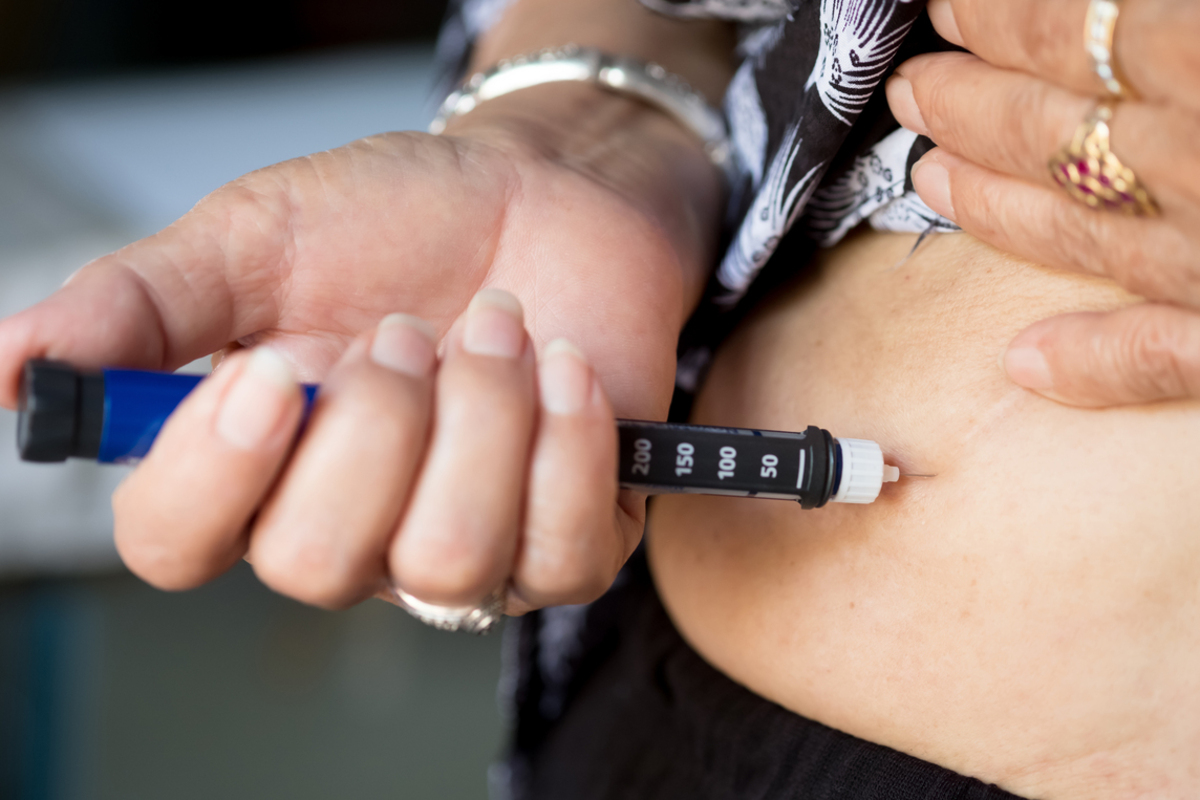All type 1 diabetics need insulin, along with a sizable proportion of people with type 2 diabetes. Insulin is an excellent way of controlling blood sugar levels and fortunately, it can be delivered to the body in several different ways. The two most common ways are insulin injections, using a syringe or a pen, and insulin pumps.
Insulin pens contain a cartridge of insulin (similar to the cartridge of a printer), a dial to measure the dose, and a disposable needle. Using an insulin pen, patients are able to inject themselves with insulin and go about their day. Insulin pens are increasingly growing in popularity and many people prefer them over the more traditional method of needles and syringes.

1. There are two main types of insulin pens
While several different models of insulin pens exist, most available models fit into two major categories. These include:
- Disposable insulin pens, which have a pre-filled cartridge of insulin and once used, should be thrown away.
- Reusable insulin pens, which have a replaceable cartridge of insulin. After one use, you can throw the cartridge away and put a new one in. However, it is absolutely crucial to keep in mind that you need to replace the needle after each time you inject yourself. If you take care of your reusable pen properly, it can last for a very long time, even years.
2. How to store an insulin pen
Do not use expired or incorrectly stored insulin as it likely won’t be effective. One important thing to keep in mind is that you should never store the pen with the needle attached to it as that can affect the sterility of the needle and increase your risk of infection.
3. How to use an insulin pen
While the directions can differ depending on the type of insulin pen you use, the general guide for using an insulin pen is as follows:
- Take pen out of the fridge 30 minutes before you plan to use it. You need to make sure the insulin has not passed its expiry date and you have the correct dosage.
- If you are using a reusable pen, insert a new cartridge and mix the insulin by rolling the pen in between your hands. Make sure the insulin is smooth by tilting the pen up and down.
- Wash your hands, remove the cap on the pen, and clean the part where the needle goes with alcohol. Insert a new needle on the top and firmly attach it. Then, remove the needle cap.
- Put the dial at the right dose and double check the dose before you inject.
- Using alcohol, clean the injection site on your skin and let it dry. Make sure you are not going to insert the needle in a region that has wounds or bruises. Try to insert at different sites so that you can avoid lumps or swelling.
- Put the pen on the injection site and press the injection button.
- After 10 seconds, remove the needle from the skin and press on the injection site for 10 seconds, but don’t rub the skin.
- Remove and dispose of the needle and put the cap back on the pen.
4. Benefits of using an insulin pen
Studies have reavealed several benefits associated with using an insulin pen. In particular, researchers have highlighted the benefits of using prefilled and disposable pens. In general, research has found that patients who use insulin pens are happier compared to patients who use the traditional vial and syringe injection technique.
The benefits of insulin pens include:
- One study found that 73 percent of patients using insulin pens were confident about the accuracy of their dose of insulin compared to only 19 percent of patients in the traditional vial and syringe injection group.
- Another study discovered that patients who use insulin pens are twice as likely to be able to read the dosing scale compared to those using the traditional vial and syringe injection method.
- Insulin pens were found to help people be more adherent to their treatment routine.
- Insulin pens are easier to use, especially among older people and children.
- The doses are much more accurate than the traditional vial and syringe injection method. You can accurately pre-set doses using the dial.
- Insulin pens are portable and convenient.
- They have small and thin needles
- They are time savers as the cartridges come pre-loaded
5. Disadvantages of using an insulin pen
While there are many advantages to using an insulin pen, there are also some disadvantages that include:
- Cost. Insulin pens are more expensive than the traditional vial and syringe technique and many insurance providers don’t cover the cost of insulin pens.
- Waste of insulin. As you may not use all the insulin you need each time, you waste some of the insulin that remains in the cartridge.
- Not all types of insulin are available through a pen and the pens don’t allow you to mix two different types of insulin.
- Bohannon, Nancy JV. "Insulin delivery using pen devices: simple-to-use tools may help young and old alike." Postgraduate Medicine 106.5 (1999): 57-68.
- Coscelli, C., et al. "Safety, efficacy, acceptability of a pre-filled insulin pen in diabetic patients over 60 years old." Diabetes research and clinical practice 28.3 (1995): 173-177.
- Pearson, Teresa L. "Practical aspects of insulin pen devices." (2010): 522-531.
- Photo courtesy of SteadyHealth


Your thoughts on this